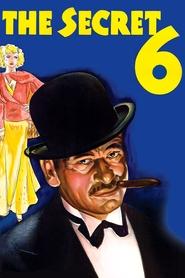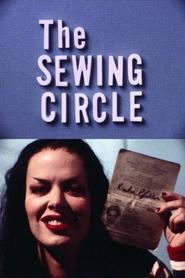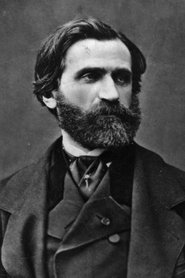
La Traviata
La traviata (Italian: [la traˈviaːta], "The Fallen Woman"[1][2]) is an opera in three acts by Giuseppe Verdi set to an Italian libretto by Francesco Maria Piave. It is based on La dame aux Camélias (1852), a play adapted from the novel by Alexandre Dumas, fils. The opera was originally entitled Violetta, after the main character. It was first performed on 6 March 1853 at the La Fenice opera house in Venice. Piave and Verdi wanted to follow Dumas in giving the opera a contemporary setting, but the authorities at La Fenice insisted that it be set in the past, "c. 1700". It was not until the 1880s that the composer and librettist's original wishes were carried out and "realistic" productions were staged.[3]
- Overview
- Cast
- Crew
- Recommendations
La Traviata
- Overview
- Cast
- Crew
- Recommendations
Status
Released
Release Date
Mar 4, 2001
Genres
Music
User Score
50%
Original Title
La Traviata
Production Companies
Royal Opera House, Decca
Director
Terry Edwards
Description
La traviata (Italian: [la traˈviaːta], "The Fallen Woman"[1][2]) is an opera in three acts by Giuseppe Verdi set to an Italian libretto by Francesco Maria Piave. It is based on La dame aux Camélias (1852), a play adapted from the novel by Alexandre Dumas, fils. The opera was originally entitled Violetta, after the main character. It was first performed on 6 March 1853 at the La Fenice opera house in Venice. Piave and Verdi wanted to follow Dumas in giving the opera a contemporary setting, but the authorities at La Fenice insisted that it be set in the past, "c. 1700". It was not until the 1880s that the composer and librettist's original wishes were carried out and "realistic" productions were staged.[3]
Cast
Crew
Recommendations

The ROH Live: La Traviata

The Secret Six
Die Kung-Fu Nonnen von Nepal

Stripped

The House by the Edge of the Lake

The Sewing Circle

Bob Dylan - TV Live & Rare 1963 - 1975

I due pezzi da 90

Goal
Die Martins-Passion

Number One Gun
Kate Garraway: Caring for Derek

Idaho





